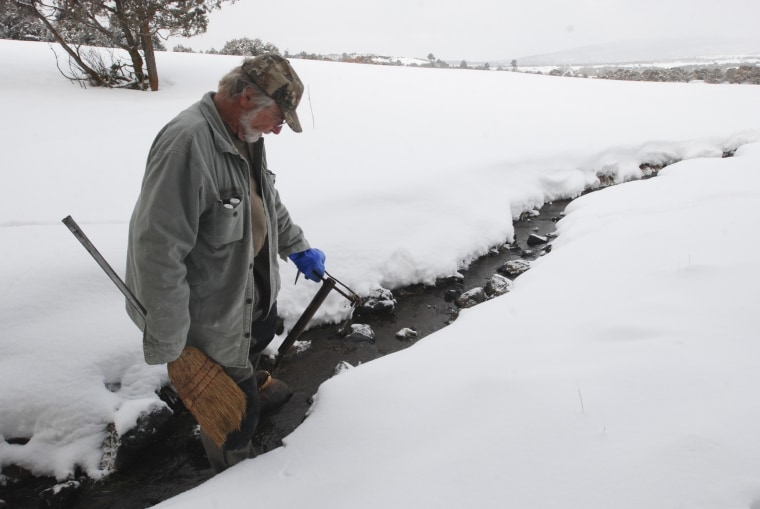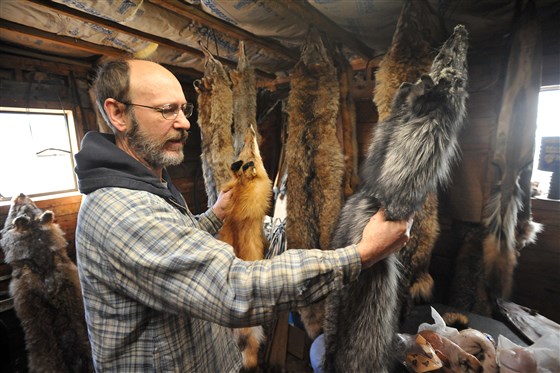Farmers and trappers say limiting animal trapping threatens a way of life
By Phil McCausland
An illegally-set steel cable trap likely intended for bobcats caught David Clark’s dog Roxy around the neck while they were on a walk on public land near Santa Cruz Lake in New Mexico. Clark said he couldn’t figure out how to release Roxy and had to watch his best friend suffocate in his arms.
Nearly 225 miles to the southwest near Roswell, New Mexico, Mike Corn expects to lose at least a third of his sheep herd again this year because of increasingly audacious coyotes that are also beginning to attack his cattle. Traps are one of the key tools to protect his herd and livelihood in an increasingly challenging market, he said.
The two men, who have never met, are in some ways the faces of the two sides of trapping in the United States that fundamentally disagree about the use of land and the impact of trapping on wildlife.
Farmers and trappers say that an increasing number of bills that would further regulate the practice across the country is putting their way of life in jeopardy.
“If we could just find some permanent middle ground, that would be best for both sides,” she added.
New Mexico is the latest battleground for trapping. A proposed law backed by state Democrats and named for Clark’s dog would ban traps, snares and poison on all public lands — approximately 30 percent of the entire state’s land mass.
Critics say the trouble is that it will affect areas where farmers and ranchers, like Corn, pay to take their herds through, and removes a tool they need to protect their animals from predators. It would also limit the ability of state-licensed trappers to collect and sell the pelts of animals such as beavers, bobcats and coyotes.
“I hate to think that people believe our only duty, our only goal is to annihilate the coyotes or whatever wildlife they are concerned about,” Corn, a fourth-generation farmer, said. “That’s not it at all. We have mortgage payments to make and predation is killing us.”

The land where Roxy got caught in a trap was already illegal for trappers, and the man who set the trap is facing criminal charges that include more than 30 counts for violating numerous trapping laws. None are related to Roxy’s death.
While opponents to the new bill say this shows that the laws on the books are working, Clark said that more regulations are necessary and that the trade should be restricted from all public land.
“I understand where the trappers and ranchers are coming from, but I just think the tide has turned,” Clark, a retired ecologist, said from his home in Espanola, New Mexico. “There are too many people out there on those public lands, and it’s like we’re walking through a minefield.”
That sentiment has made its way to numerous statehouses across the country during the past 20 years, which has led to huge limits on trapping as a trade.
I think the trappers are panicked. They’re afraid to give an inch because they think they’ll lose everything. They feel so threatened.
California’s legislature introduced a bill this year that would terminate all fur-trapping licenses after that statehouse had already prohibited commercial body-gripping traps and totally forbid all bobcat trapping during the previous two decades.




Kenneth Bouley
Good information and a nice article. As we see again and again, the suffering of the targeted animals is ignored, which I think is barbaric. If we took the resources going into trapping and other lethal, inhumane means of protecting livestock, we could very likely find other means (or embrace vegetarianism). But the money and fun involved for some people who identify with these practices is in the way. So let’s push it out of the way.